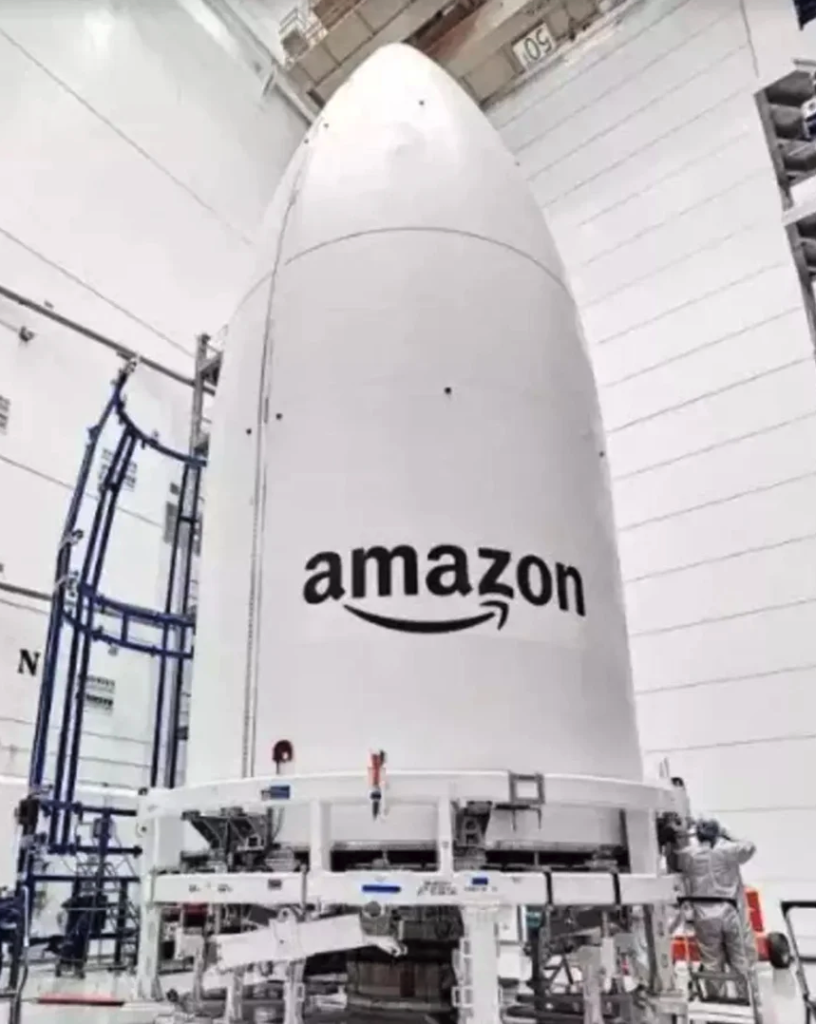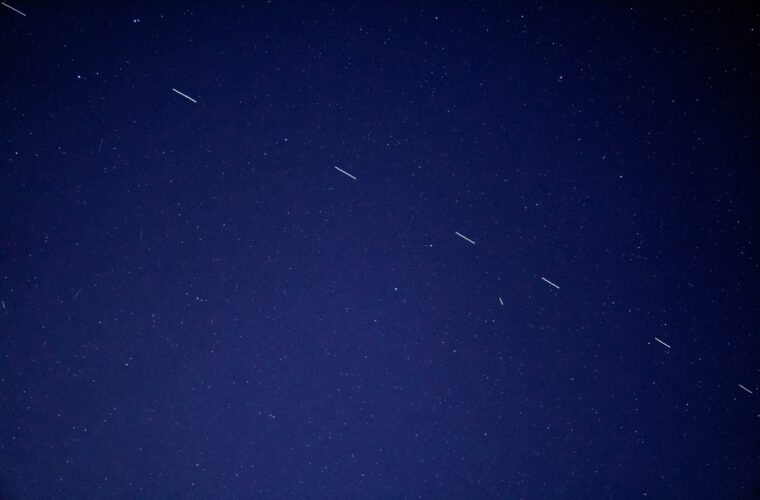Amazon is set to launch a satellite internet service within the United Kingdom, which will pit it against Starlink of Elon Musk. A similar concept, codenamed Amazon Project Kuiper, looks toward connecting people in areas not so well-served with high-speed internet using a constellation of satellites in LEO. Facing several delays, more than 3,200 satellites are planned for launch to enable global coverage. Commercial service may start as early as this year, according to regulatory documents, first focusing on government and corporate contracts.
Strategic collaborations and licensing underway
Amazon has applied to the British telecommunications regulator, Ofcom, for a license for the network of ground stations needed to operate the system. In addition, the company is working to gain access to additional radio frequencies and is exploring the installation of terrestrial hubs, called “gateways,” to improve the efficiency of the satellite network.
In parallel, Amazon has initiated discussions with the UK Ministry of Defense and has already collaborated with UK Space Command in a preliminary study. Through its AWS cloud platform, Amazon is already a significant partner for the UK government, and expansion into the satellite sector further strengthens this relationship. Starlink, which already serves 87,000 customers in the UK with a fleet of nearly 7,000 satellites, represents Kuiper’s main rival. However, Amazon argues that its system is particularly well suited for reaching hard-to-cover areas, supported by partnerships with operators such as Vodafone and collaborations with government agencies.
A long way to go
Last September, Amazon officially applied to Ofcom for permission to use Ka-band frequencies for its non-geostationary satellite system (NGSO). These frequencies provide faster and more reliable connections than traditional satellite technology. After a public consultation phase ended in October, Ofcom is now reviewing the project to decide on approval. For its part, Starlink is already operational in the UK, where it has also pursued negotiations on an agreement with BT to cover rural areas. Meanwhile, in preparation for the first large-scale launch of Project Kuiper, Amazon is accelerating satellite production and testing at its new facility in Kirkland, Washington. The facility, which opened in April, serves as a production centre for the satellites that will form Project Kuiper’s low Earth orbit constellation.

“Building advanced communications satellites on this scale is incredibly complex, and we want to ensure that each Kuiper spacecraft meets our standards for performance, reliability and safety,” says Steve Metayer, vice president of manufacturing operations for Project Kuiper. The Kirkland facility represents a major investment in state-of-the-art aerospace manufacturing capabilities and job opportunities for Washington residents and will play an important role in Project Kuiper’s mission to connect tens of millions of customers around the world.
Similarities and differences with SpaceX
Although Starlink and Project Kuiper are quite similar in technology between the respective satellites, their strategies are different. While Starlink has been mostly about consumer internet service, Kuiper could use Amazon’s vast network to expand its reach to other verticals such as hospitals, schools, and telecommunications. Amazon has already signed preliminary contracts with Verizon and Vodafone for future collaborations, showing that the project is not limited to just broadband connectivity for end users. Amazon has also already made preliminary agreements with several companies in Japan and South America. Another crucial aspect concerns launch capabilities. Starlink obviously benefits from SpaceX’s Falcon 9 launch system, which has enabled it to put thousands of satellites into orbit in a short time.
Project Kuiper, on the other hand, will at least initially have to rely on contracts with other companies, such as ULA, Arianespace, and SpaceX itself, to get its satellites into space. This inevitably slows down launch times: Kuiper has successfully conducted initial tests, but full-scale operations will not begin until mid-2025. Most likely, dependence on other launchers will also have a major impact on costs.



